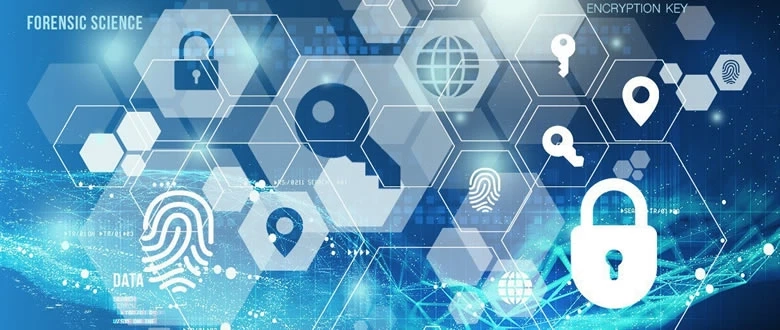Image authentication is a sophisticated process designed to verify the authenticity and integrity of digital images, ensuring they have not been altered, manipulated, or forged. This crucial mechanism relies on various techniques and technologies to establish the trustworthiness of visual content. Here's a breakdown of how image authentication works:
1. Digital Signatures and Watermarking:
Digital Signatures: Similar to how handwritten signatures validate the authenticity of a document, digital signatures are applied to images. These signatures are unique cryptographic codes generated using private keys, providing a secure means of verifying the image's origin and integrity.Watermarking: Visible or invisible markings embedded within the image serve as a form of identification. Watermarks can include copyright information, digital signatures, or other imperceptible elements that, when analyzed, confirm the image's authenticity.2. Blockchain Technology:
Blockchain, a decentralized and tamper-proof ledger, is increasingly employed for image authentication.Image metadata, including details about the creation and modification of the image, is stored in blocks. As each block is linked to the previous one, any attempt to alter the image leaves a trace, ensuring transparency and integrity.3. Authentication Algorithms and Machine Learning:
Advanced algorithms, often powered by machine learning, analyze images for inconsistencies and anomalies.These algorithms can detect subtle changes in pixel patterns, color distributions, or other features that may indicate manipulation. Machine learning models continually improve their accuracy by learning from a vast dataset of authentic and manipulated images.4. Hash Functions:
Hash functions generate a fixed-size string of characters (hash) based on the image's content.Even a small change in the image results in a vastly different hash. By comparing the computed hash with the original hash, one can quickly determine whether the image has been altered.5. Forensic Analysis Techniques:
Forensic experts employ a range of techniques, such as error level analysis (ELA) and noise analysis.ELA highlights regions of an image with inconsistent compression levels, potentially indicating manipulation. Noise analysis involves examining the image for unnatural patterns or discrepancies.6. Multi-Factor Authentication:
Combining multiple authentication techniques enhances reliability.For instance, a system might utilize both digital signatures and blockchain to create a multi-layered defense against tampering.Conclusion
In essence, image authentication employs a combination of cryptographic, technological, and analytical methods to scrutinize the authenticity of digital images. As technology advances, so do the tools and techniques available to fortify this essential process, ensuring the credibility and reliability of visual information in our increasingly digital world.


